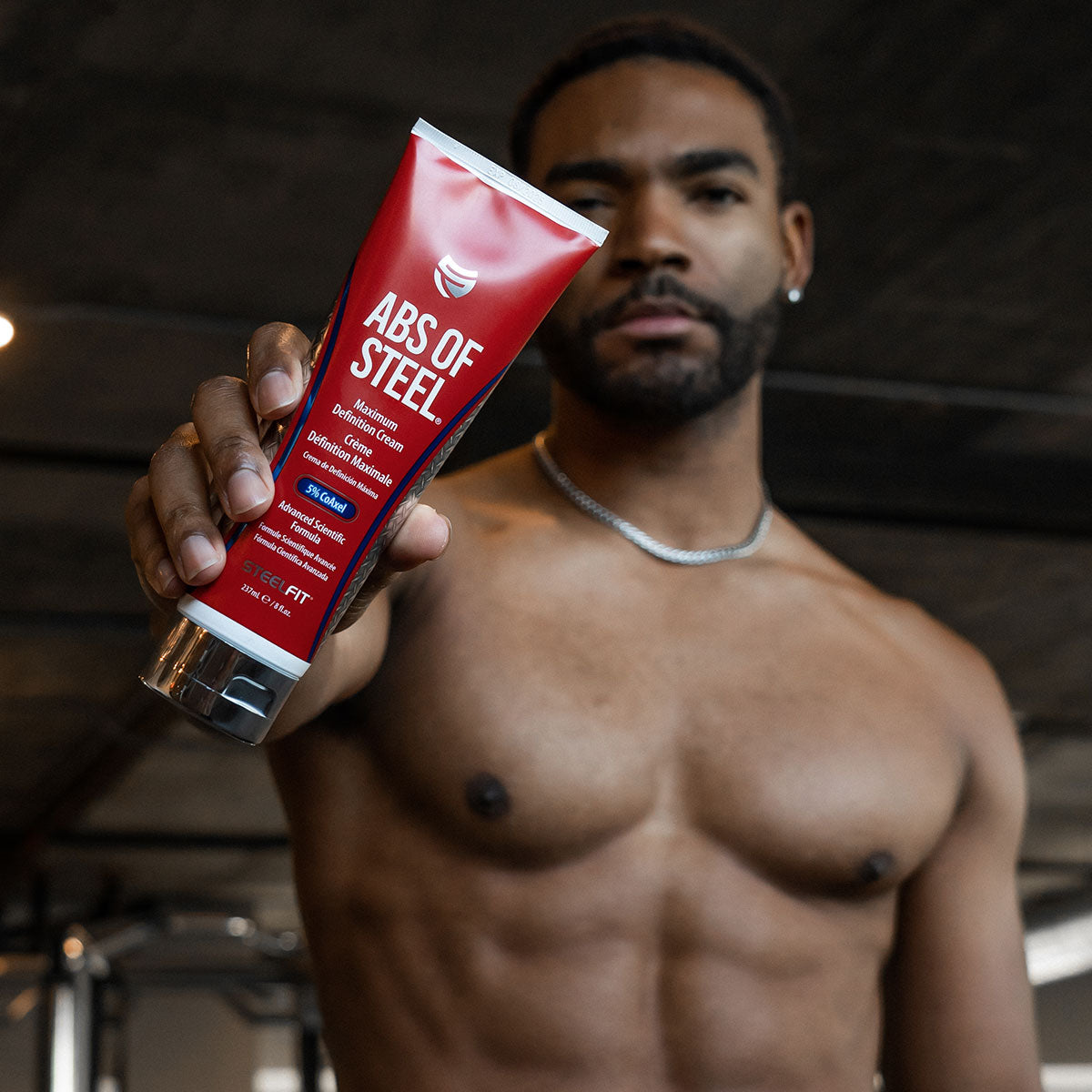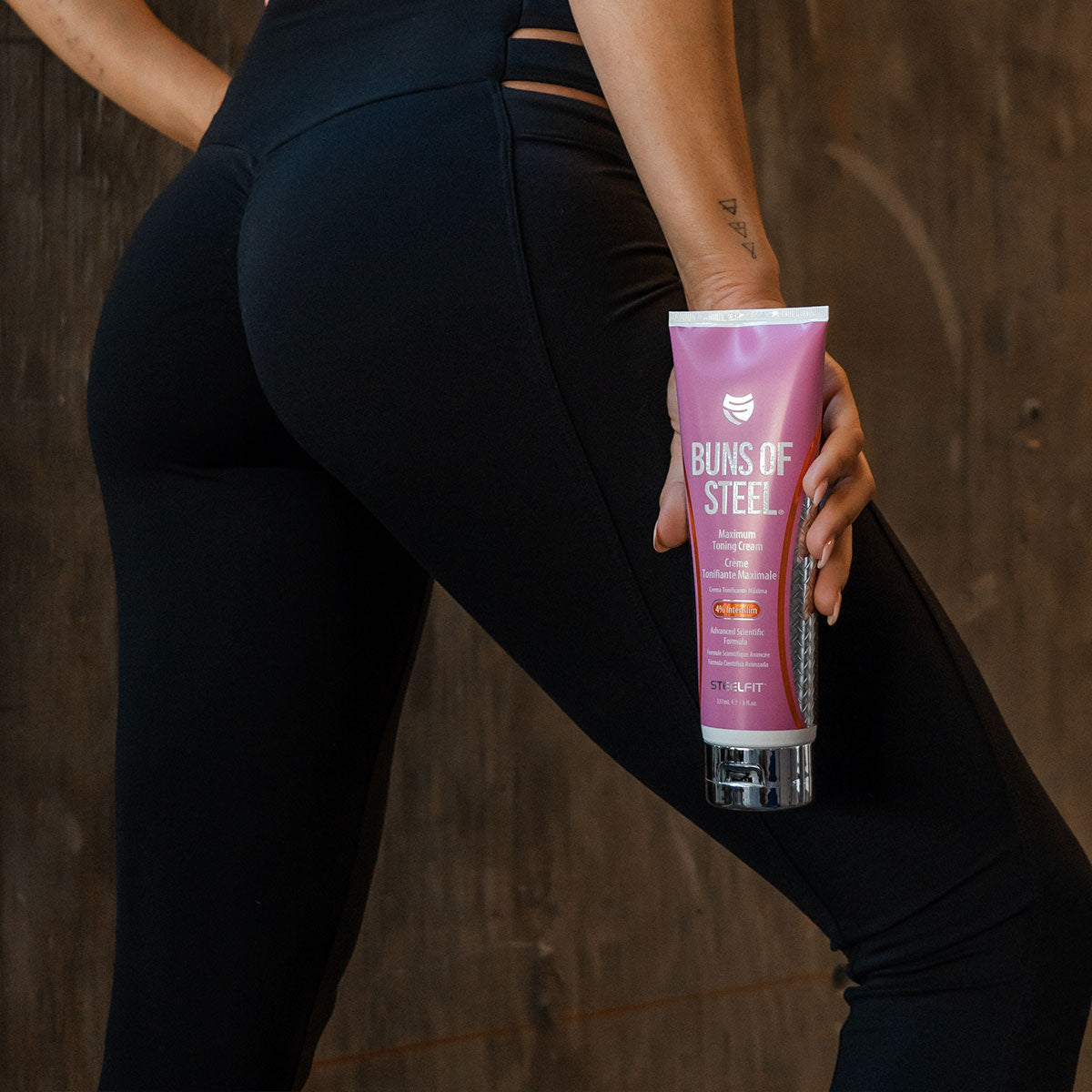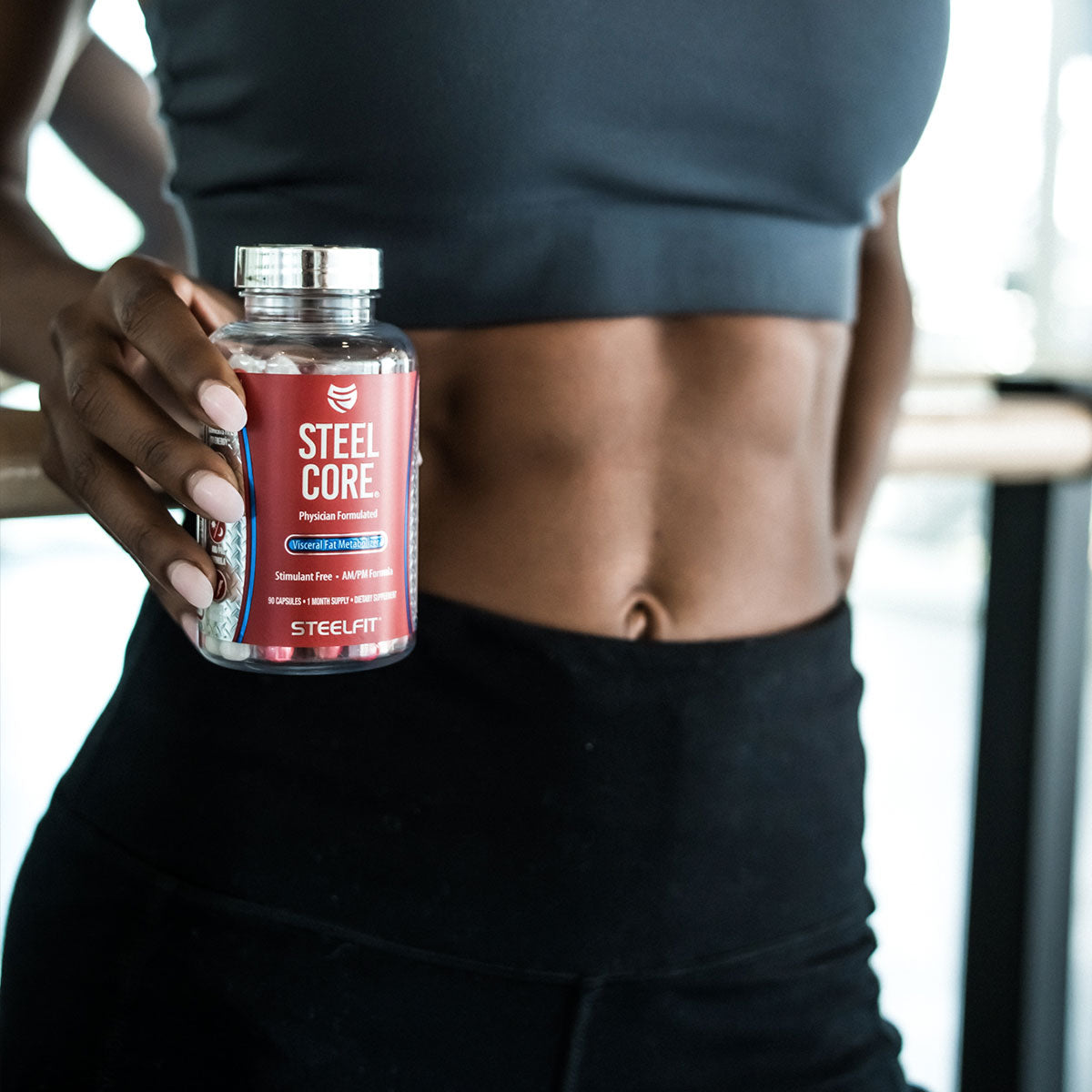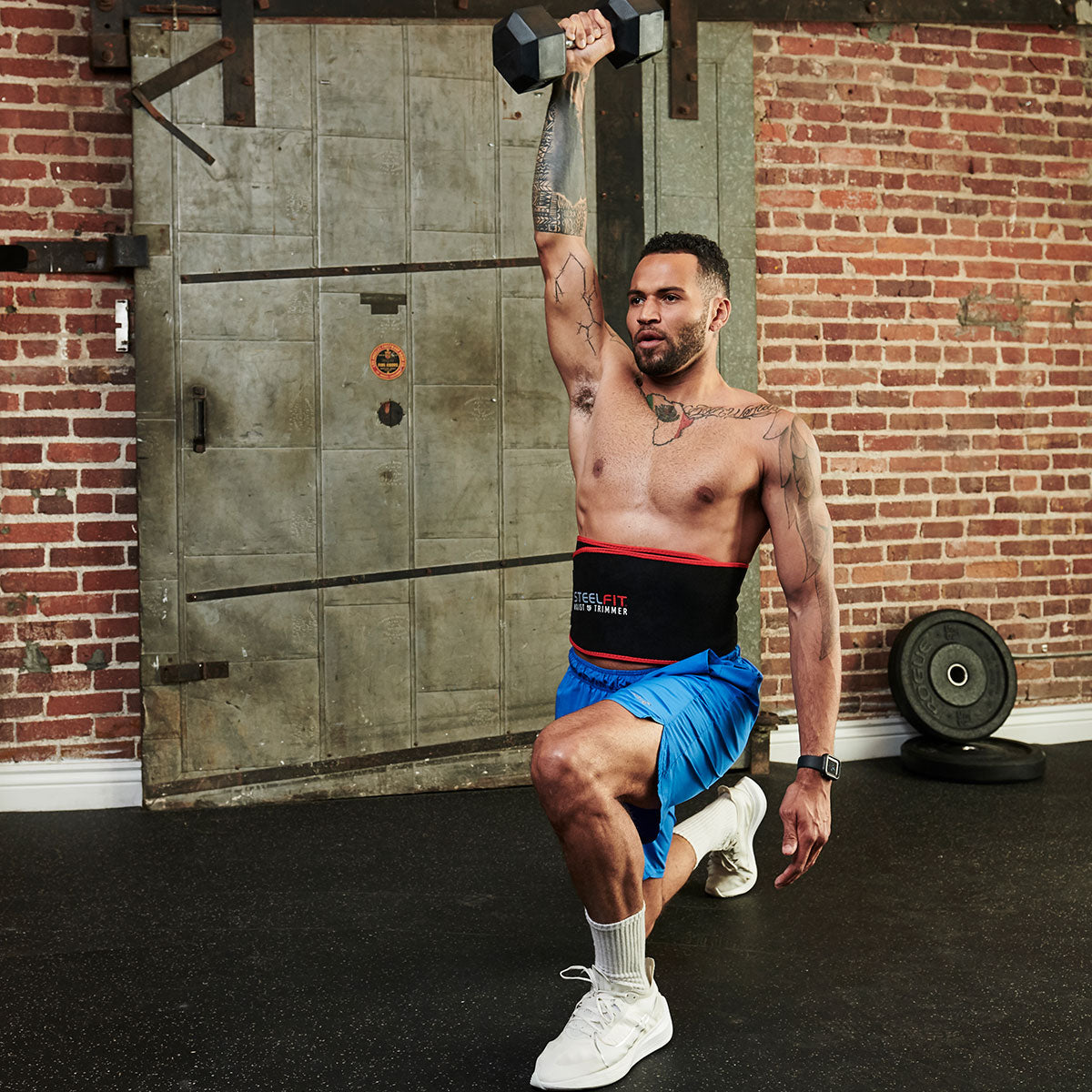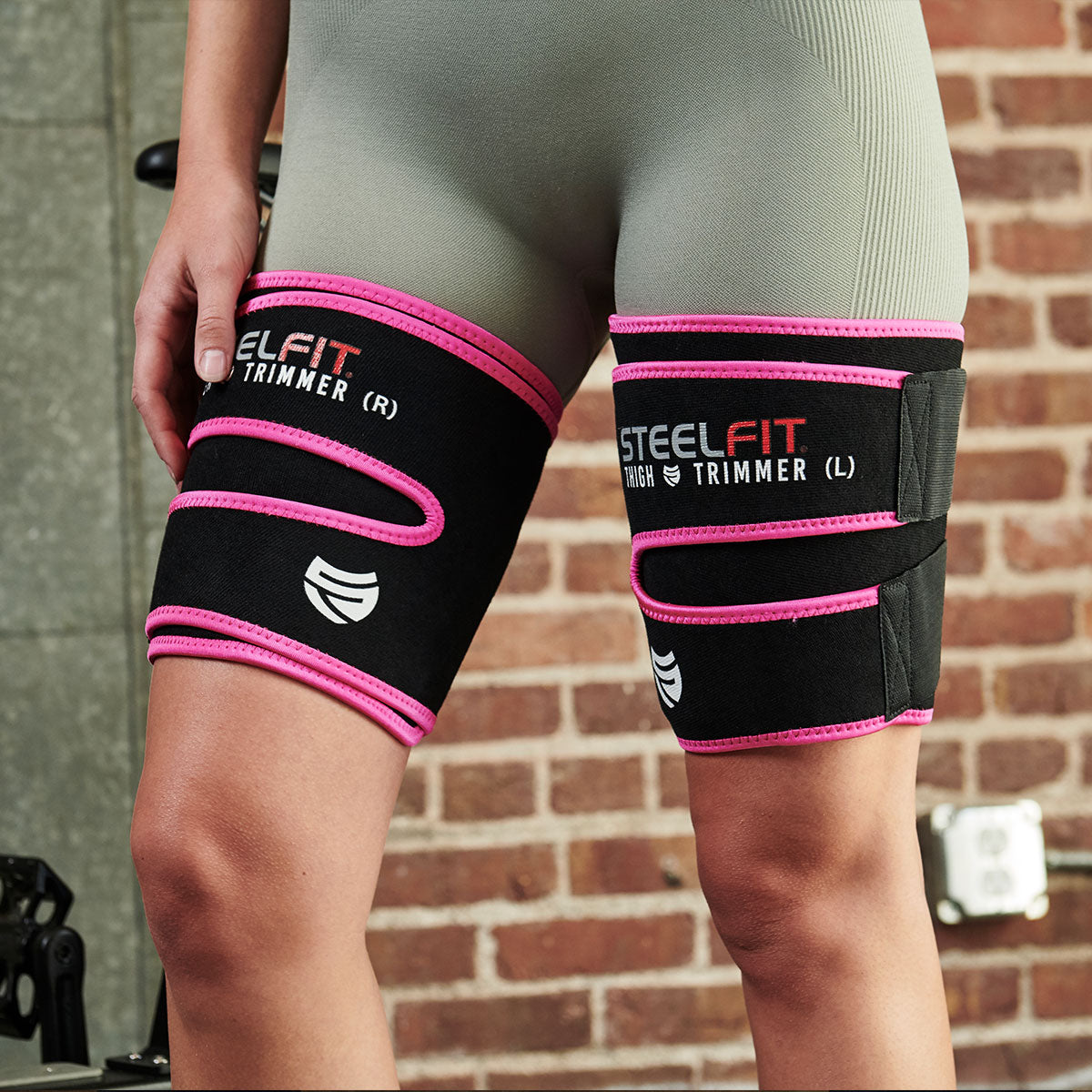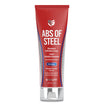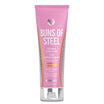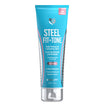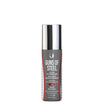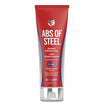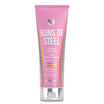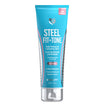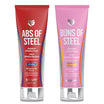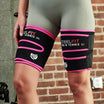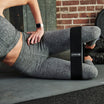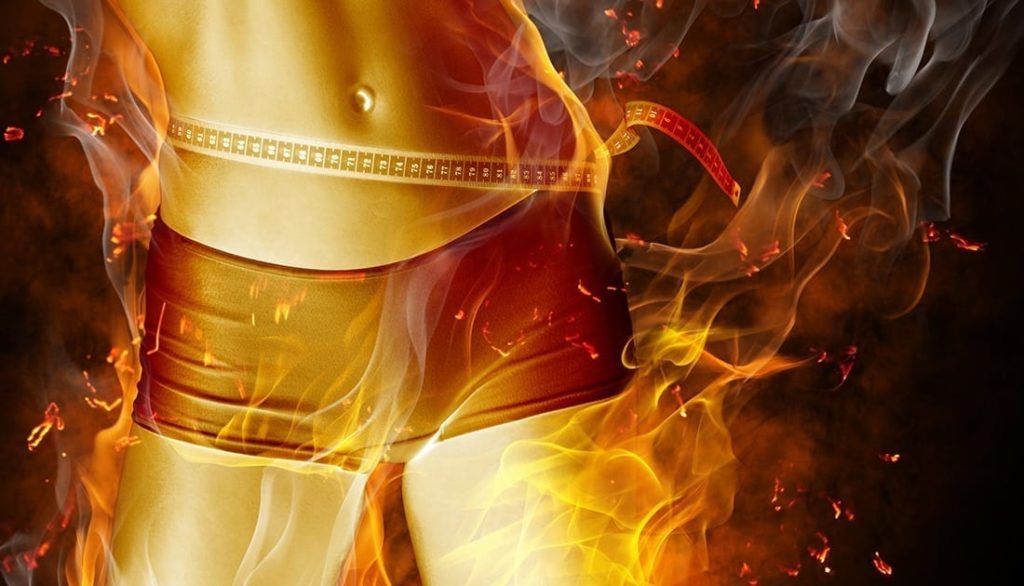Building muscle requires a few important things:
- Resistance-Training
- Progressive Overload
- High Protein Intake
- Caloric Surplus
- Plenty of Sleep
While each of these is important in their own right, all the sleeping, resistance training, and progressive overloading you do won’t do a lick of good if you’re not consuming a sufficient number of calories.
The way your body utilizes all of those calories is via the gastrointestinal (GI) system. It’s the foundation of muscle building, cognitive function, and overall health. The organs comprising your GI system work together to convert food into energy and the other essential nutrients required by the body.
But, how exactly do those nutrients make their way from your stomach to your muscles?
Let’s find out!
How is Food Digested
In order to understand how nutrients, get absorbed into your muscles, we first need to explain how food is digested in the body. The GI system includes your:
- Mouth
- Esophagus
- Stomach
- Liver
- Pancreas
- Gallbladder
- Small Intestine
- Large Intestine
- Anus
Though we typically think of food being digested in the stomach, the process of digestion actually begins in the mouth. In fact, the mouth is responsible for mechanical and chemical digestion. Mechanical digestion is accomplished through the act of chewing, while chemical digestion is caused by the enzymes secreted by the salivary glands in saliva. But, saliva isn’t just for breaking down food, it also moistens food so it can work its way down your esophagus and into your stomach.
Upon entering the stomach, a mish-mash of enzymes and acids (hydrochloric acid) continue to break down food in addition to the stomach muscles that mix the food with these digestive juices. Not to be forgotten during digestion is the important role the liver, pancreas, and gallbladder serve. These three organs secrete the bile, digestive juices, and other important enzymes required to break down the wide variety of carbohydrates, fats, and proteins contained in the food you just ate.
After spending time in the stomach, the digested food is transported to your intestines, and it’s here where we start to see how nutrients get absorbed into your muscles.
From the GI System to Everywhere Else
Digestion is still occurring when your “food” (if you can still call it that by this point in the digestive process) reaches the small intestine. In fact, a large portion of the breakdown of complex carbohydrates (maltose, isomaltose, trisaccharides, larger oligosaccharides, etc.) still needs to be broken down into monosaccharides (simple sugars) so that they can be taken up. This brings us to the critical aspect of muscle-building -- nutrient absorption.
The majority of nutrient absorption occurs in the small intestines and then directs them to your circulatory system for transportation to all the various parts of the body. Your blood is responsible for carrying simple sugars (monosaccharides like glucose), amino acids (the building blocks of protein), glycerol, and certain vitamins and salts to your liver. The liver either stores or processes and delivers the required nutrients where they are needed.
One of the most important component of nutrient absorption is the main anabolic hormone of the body -- insulin. When glucose enters the blood, it stimulates the release of insulin -- the primary nutrient shuttling in the body. Insulin picks up nutrients from your blood and drives them into your cells, your muscle cells in particular. Insulin is also tasked with shuttling amino acids and fatty acids into your cells as well. Upon entering the cell, glucose is converted to glycogen (the stored form of energy your muscles use for high-intensity exercise) while the amino acids get to work repairing damaged muscle tissue and building new muscle tissue.
Improving Nutrient Absorption
Consuming the right amounts of essential nutrients is crucial, but it won’t do much good if your body isn’t properly absorbing the nutrient you’re ingesting. You see, widespread use of antibiotics coupled with overconsumption of hyper-processed foods (i.e. chicken nuggets) has led to the decimation of good gut bacteria which is tasked with digestion and absorption of the essential nutrients your body requires for survival.
Fortunately, there are some ways you can enhance the number of good gut bacteria in your body and your body’s absorption of the nutrients you put into it on a daily basis.
-
Eat Plenty of Fiber
Dietary fiber from fruits, vegetables, and whole grains provides the necessary “fuel” your gut bacteria need to keep functioning. Without this food, gut bacteria leach what they need from the lining of your GI tract which can lead to “leaky gut” and further nutrient absorption issues.
-
Chew Food Thoroughly
Chewing plays a critical, and often underestimated, role in digestion. The more you chew, the more your food is broken down, which means there’s less work that needs to be done by the rest of your digestive system later on in the process. As an added bonus, chewing your food more thoroughly slows down how fast you’re eating, which gives your brain time to receive the signal that you are full, thereby preventing overheating.
-
Drink plenty of water
Consuming enough water aids in the digestion and dissolution of fats and soluble fiber you eat, making for better nutrient absorption.
-
Exercise
Exercise increases blood flow to your muscles (including those of the GI tract), but it also enhances blood flow to your organs. This is important because the walls of your colon need to contract when eliminated waste from the body, and exercise helps keep those muscles stimulated and active.
-
Drink less alcohol
Whenever you consume alcohol, it disrupts acid secretion and digestion, leading to poor nutrient absorption. If you’re serious about losing fat and building muscle, you need to prioritize those essential muscle-building nutrients, which means passing on the alcohol, lest you not best use what you’re putting into your body.
-
Try probiotics
Remember when we discussed the “good” gut bacteria above? Probiotics are one of the “good” bacteria in your gut that support immune system function. Probiotics compete for space in your gut with bad bacteria and can even help reduce the number of bad bacteria in your gut. Unfortunately, due to years of poor diets, most people are sadly lacking in probiotics.
The remedy for this is to invest in some probiotic supplements or eat probiotic-rich foods (yogurt, kefir, sauerkraut, kombucha, etc.). This promotes the growth of more good gut bacteria, which can help ease IBS as well as combat allergies and the common cold.
References
- National Digestive Diseases Information Clearinghouse/National Institute of Diabetes and Digestive and Kidney Diseases. The Digestive System and How It Works
- Mourad FH, Saade NE. Neural regulation of intestinal nutrient absorption. Prog Neurobiol. 2011;95(2):149-162. doi:10.1016/j.pneurobio.2011.07.010.
- Goodman BE. Insights into digestion and absorption of major nutrients in humans. Adv Physiol Educ. 2010;34(2):44-53. doi:10.1152/advan.00094.2009.
- Desai MS, Seekatz AM, Koropatkin NM, et al. A Dietary Fiber-Deprived Gut Microbiota Degrades the Colonic Mucus Barrier and Enhances Pathogen Susceptibility. Cell. 2018;167(5):1339-1353.e21. doi:10.1016/j.cell.2016.10.043.
- Tracey J. Smith, Diane Rigassio-Radler, Robert Denmark, Timothy Haley, Riva Touger-Decker. Effect of Lactobacillus rhamnosus LGG® and Bifidobacterium animalis ssp. lactis BB-12® on health-related quality of life in college students affected by upper respiratory infections. British Journal of Nutrition, 2012; 1 DOI: 10.1017/S0007114512004138
